
This project aims to develop a Swiss carbon performance framework to address gaps in Life Cycle Assessment (LCA) for buildings by standardizing assessment, reporting, and data exchange, while promoting transparency and collaboration between stakeholders, public authorities, and certification bodies.
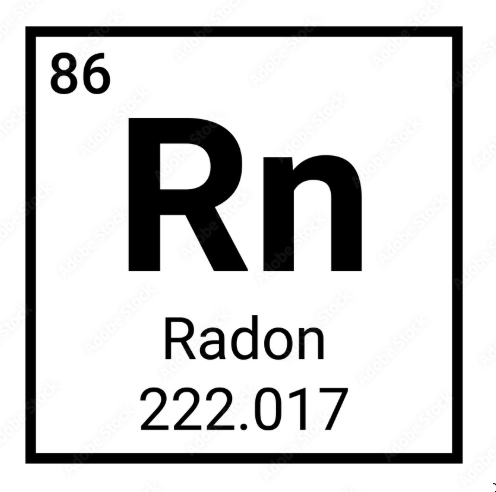
EVAL2Rn is a digital tool for assessing the risk related to the presence of radon before building construction and renovation. It will be based on a mix of statistical and AI models to predict at scale the radon presence risk.
The aim of i2b's living laboratory project, "Infrastructures to Blind", is to develop prototypes for an inclusive ecosystem to improve mobility in public spaces and buildings for the visually impaired. The prototypes are both digital and physical, so that people who do not have or are not familiar with a smartphone can also benefit from the project.
Rapid analysis of building stock by AI and expert systems to estimate their energy and structural performance in order to define appropriate remediation strategies with a favorable carbon balance.
Innosuisse project to research predictive maintenance approaches on combustion engines from Liebherr.
FomoTSF explores the possibilities to use foundation models for time-series forecasting.

Hestia brings technological resources within nursing homes, personal homes or protected apartments in order to improve the life comfort of vulnerable people and the working conditions of their medical staff.
In the Innosuisse project "Smart Learning in the Digital Era" (SLIDE), we aim to create a learning platform that allows each person to create his or her own knowledge representation in a very personal way for teaching and learning.

Partially sighted persons are daily struggling in non-codified situations where objects are new or at unexpected location. This project aims to put the latest AI findings (Zero-shot object discovery and finding) at the service of these people in such a way they can carry out their daily tasks with less dependency on other persons.
ModIA creates digital twins using a hybrid approach of machine learning and physics
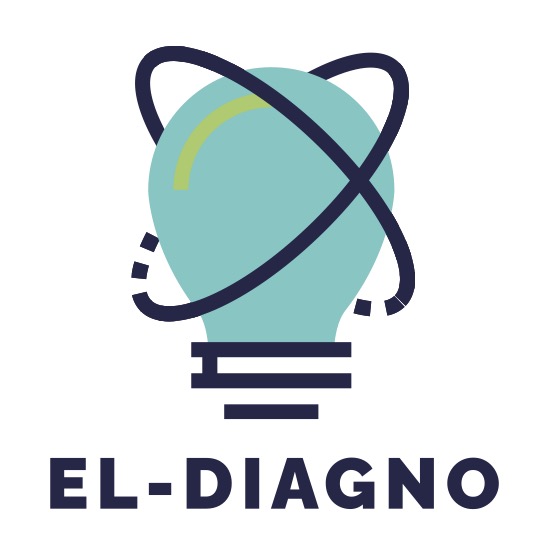
"El Diango" project tackles Swiss electrical grid strain by optimizing electricity usage in Fribourg's HEIA-FR. It identifies waste areas, enhances energy efficiency, and lays groundwork for future initiatives.

The goal of the DiagnoBat is to create an AI-driven platform dedicated to monitoring building and establish diagnostics. It integrates new data capture and visualization solutions, along with the latest AI advances for signal analysis.
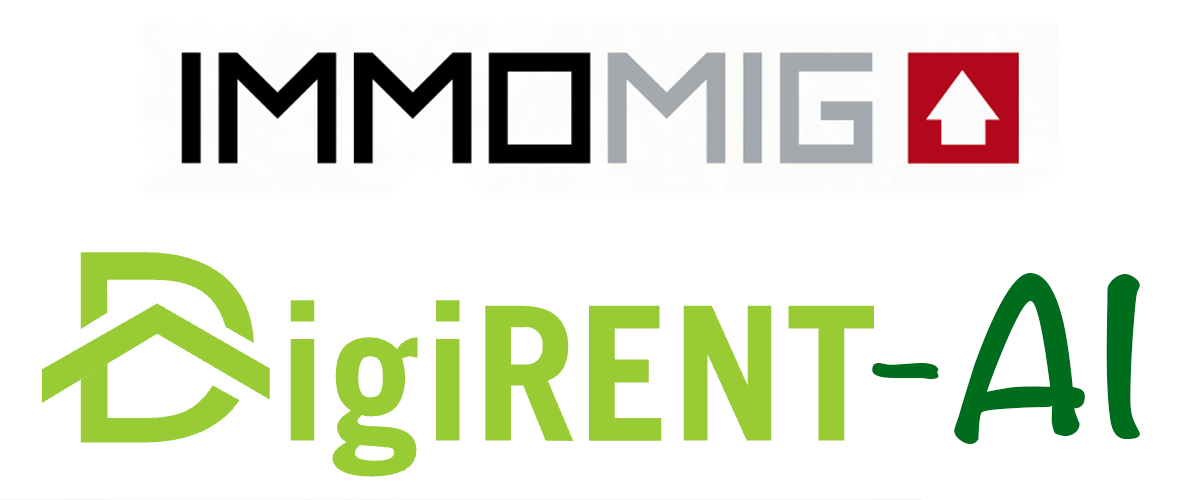
DigiRENT-AI aims to add AI to IMMOMIG SA's DigiRENT service for the digital management of rental properties, in order to automate certain steps by predicting e.g. the best publication strategies, the most suitable agencies to rent a property or the best applications.

In this project, we develop novel methods for handwriting recognition in historical documents to improve recognition accuracy, especially for the challenging case of non-frequent writers with only few letters in the dataset.

In this study we analyse video data from Swiss highways with custom object detection models to identify the types of trucks on a certain highway strip. A custom dataset has been created to train and evaluate ML models. YOLO performs well and gives very interesting classification results despite the presence of several challenges like motion, shadow and inter-class similarity.
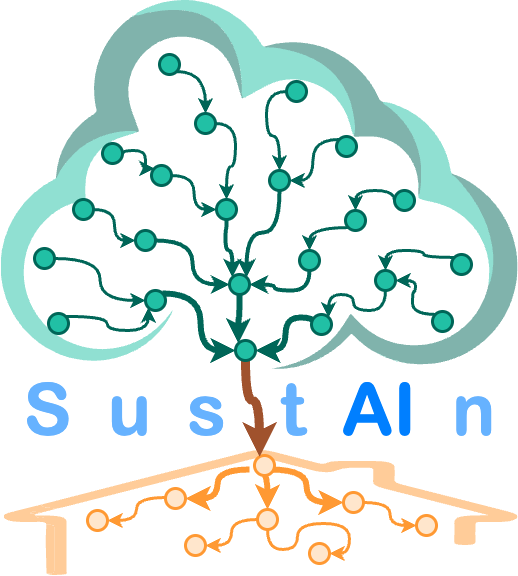
The project aims to implement methods for evaluating and optimizing the energy and environmental impact of applications based on artificial intelligence models with a view to creating a new center of expertise in Sustainable AI.
RMS brings technological resources within nursing homes, personal homes or protected apartments in order to improve the life comfort of vulnerable people and the working conditions of their medical staff.

The goal of the Greenum project is to use a camera and image analysis models to study the flow of movement in a given space.
PeNoBe (Peak Noise Behaviour) studies the classification of vehicles into electric, gasoline and hybrid classes.
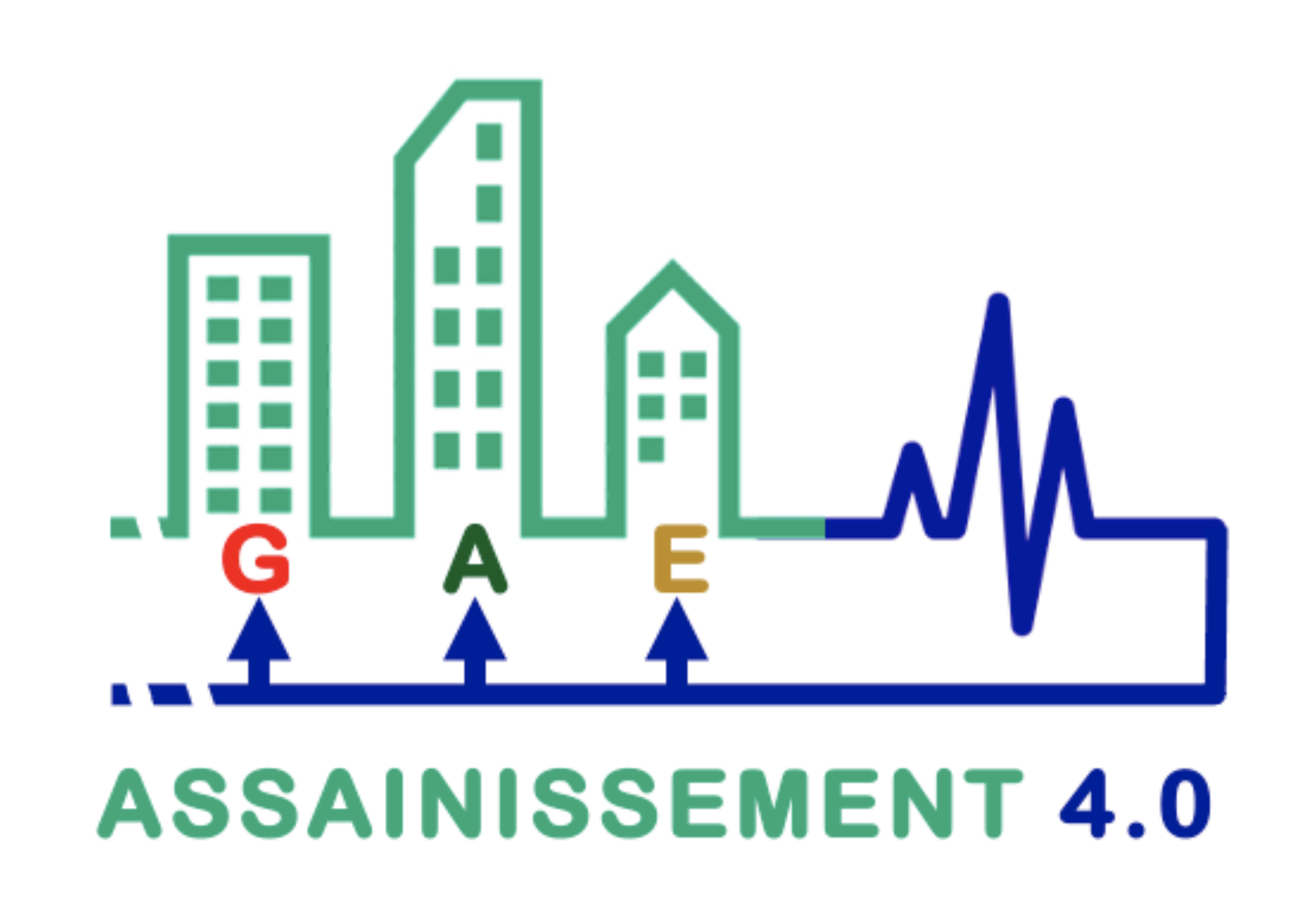
Rapid analysis of building stock by AI and expert systems to estimate their energy and structural performance in order to define appropriate remediation strategies with a favorable carbon balance.
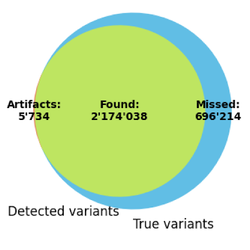
Project to improve DNA sequence analysis using machine learning to predict sequencing artefacts with Phenosystems SA as the industrial partner.
Detect and predict anomalies in high performance electrical transfomers
Innosuisse project using machine learning to develop a sommelier in your pocket
Innosuisse project developing a personalized meeting assistant based on LLM technologies with the startup Wedo, based in Fribourg

The purpose of the Datalambic Project is to create a tool ecosystem for semi-automated collection, preparation and correction of high-quality data in order to (re)train neural translation engines in the desired specialization(s), including looped feedback from linguists, lawyers and users.

LYSR is a startup founded by members of iCoSys in the context of a SwissUniversities startup accelerator program. LYSR focuses on one of the key strengths of iCoSys, which is anomaly detection and predictive maintenance in time-series data for industry 4.0.

The European project BIOSMART aims to develop active and smart bio-based and compostable packages that make possible: light weighting, reduced food residues, shelf life monitoring, longer shelf life and easier consumer waste handling.
In an international industrial research project we apply the latest technologies in machine learning to do handwriting recognition in tax forms.
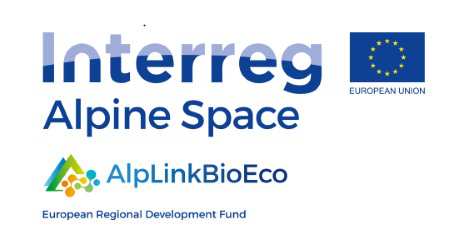
Development of a computer-based support for linking actors in the Alpine Space and create new value chains in the bio-based economy. Technologies such as crawling, NLP and graph representations are used in this project. The project was later renamed to DeepVCG and resulted in a spinoff called vcg.ai.

The AINews project aims to provide intelligent conversational agent technologies that support the digital transformation of the press. These technologies will help make the information channel dynamic through dialogues, retain readers through content customization and optimize editorial directions through maps of interests on common topics.
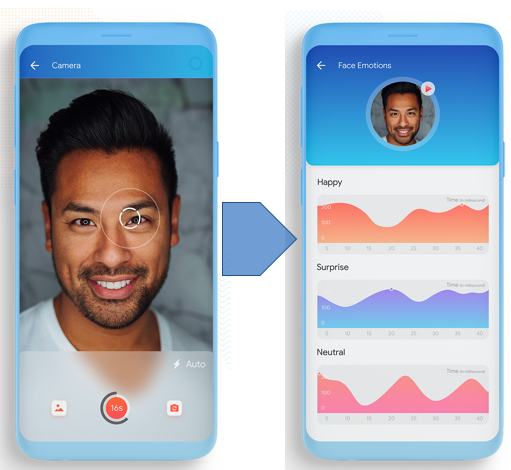
ADVANCe is an Innosuisse funded project that focuses on the analysis of emotions and their congruence in video feeds. We partner in this project with IDIAP (Martigny) and CM Profiling (Bern).

Information and communications technologies are central tools for Humanitarian Organizations operations. The ICT specialist training is designed to help them achieve their missions in the safest and most efficiently way. We propose a tailored training based on educational innovation tools.
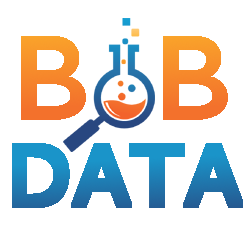
BBDATA stands for Big Building Data and aims at developing a scalable cloud platform and tools for storing and processing smart building data. The services are targeting data access, processing and analysis, using open, robust, standardized and secured big data technologies.
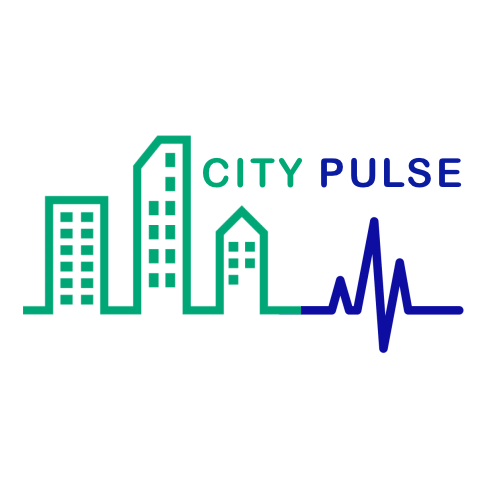
The CityPulse project aims to offer a live, localized and continuous measurement of the city through the installation of a network of Internet of Things (IoT) sensors.
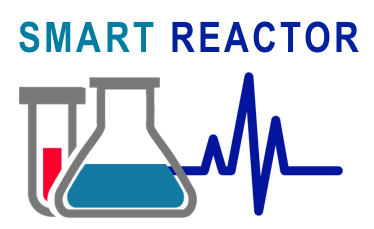
In this project, iCoSys is specifically interested in the analysis and development of versatile approaches for the detection of abnormal events using machine learning approaches (WP5).
Optisoil is a project that leverages machine learning to speed up numerical simulations in the domain of civil engineering.
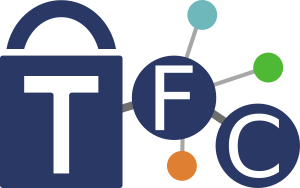
TFC is a distributed application development framework, based on POP-Java. It allows developers to develop decentralized applications in which the users can share computing power and data in a secure manner.
The connection between the different users of the software is made in a way similar to social networks, allowing users to create communities around certain applications.

Process4Plastics (P4P) aims to build a dedicated methodology of process engineering for the production of plastics parts. In the industry 4.0 era, machines will be equipped with many sensors and actuators and be connected together to create intelligent networks.
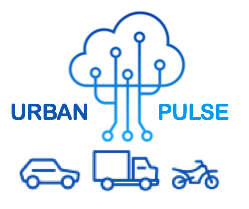
The availability of low-cost sensors covering a whole city offers new perspectives in terms of research and development. Urban Pulse aims at offering an integrated solution allowing capture, storage and processing of urban signals to the iNUIT program and HES-SO researchers.
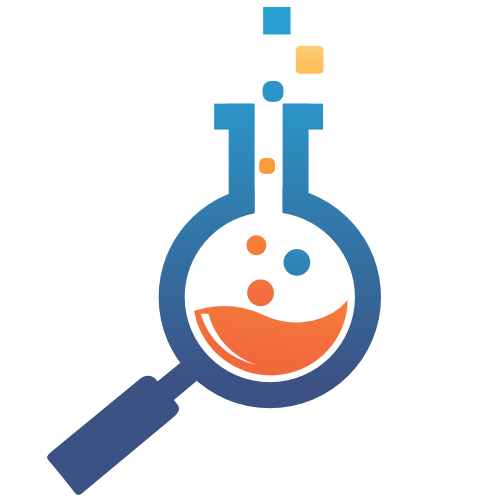
DAPLAB aims at facilitating the access for enterprises and universities to emerging technologies in the area of big data and intelligent data analysis by managing an infrastructure composed of cluster of servers dedicated to storage and computation, to which universities and local companies will have access.

Tactical Ad-hoc networK Emulation aims to conceive, develop and implement algorithms to deploy reliable tactical applications over ad-hoc networks for Armasuisse.

SENSIMED AG has developed Triggerfish, a wearable non-invasive solution to monitor continuously intra-ocular pressure (IOP). The purpose of the Sensimed Diagnosis project is to analyze, design and implement signal processing, feature extraction and pattern recognition tools to exploit the signals monitored by the Triggerfish.
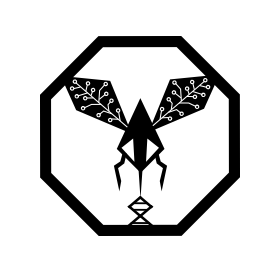
With a focus on complex systems, iCoSys approaches the different challenges of DNA analysis with its expertise in various techniques acquired in the different domains of computer science.

VideoProtector is an innovative solution to manage cameras streams in a central place. This centralization offers also the possibility to run incident detection algorithms in a Software-as-a-Service (SaaS) mode.

The iFloor project aims at developing intelligent floors able to detect, localize and track persons in indoors environment. It relies on low-cost sensors integrated in the material of the floor.

GreenMod aims at providing a framework easing the development of building management systems on top of Web technologies.

The idea of the project is to leverage on large sets of linguistic data and on machine learning algorithms able to discover automatically pronunciation rules. Such rules are then used in “symbolic mappers” able to transform a grapheme representation into a phonetic representation and to propose probable alterations of the pronunciation. The mappers are then used to propose clients with new domain names that sound similar to their original search.

Low-cost charging station.
One of the goal of the ePark – Electric Park System project was to build a low-cost charging station offering similar functionalities but leveraging on the emergence of cheap machine-to-machine communication nodes.

ePark – Intelligent Parking System is a web service allowing drivers to be directed towards parking locations maximizing the probability to find a free parking space.

The ePark project has investigated ways to make the different charging station Information Systems interoperable (IS).

Swiss Academic Compute Cloud (SwissACC) is an short project which complement the SMSCG project. The project provides a range of services and know-how from over 10 AAA/SWITCH projects. The 14 SwissACC partners work on two main objectives: sustaining and preserving the research communities of the former AAA/SWITCH grid projects, and increasing user and usage numbers. The project focuses on consolidating the services and simplifying the procedures that have been created to support Swiss communities. Its main goal is to free researchers from complex computational aspects of their research so they can focus on their core work.

The primary goal of the project SMSCG (Swiss Multi-Science Computing Grid) is to provide computational resources to solve scientific computational problems. This involves the installation, commissioning and operation of a computational grid across several institutions of the Swiss higher education sector with active involvement of applications from different scientific domains.
